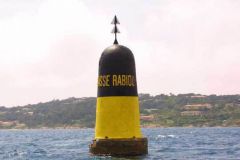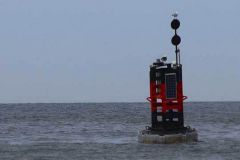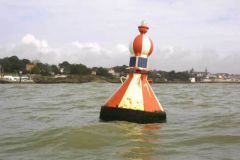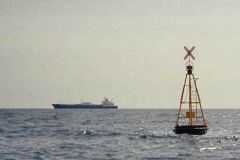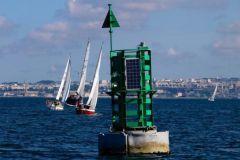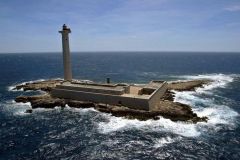When the Commission des Phares decided to build lighthouses along the French coastline, it laid the foundations for the technical innovation that would redefine maritime signalling. The Fresnel lens was the first major breakthrough for the Lighthouses and Beacons Department. The fruit of Augustin Fresnel's ingenuity, it became the standard model for lighthouse construction, propelling France to the forefront of the field.
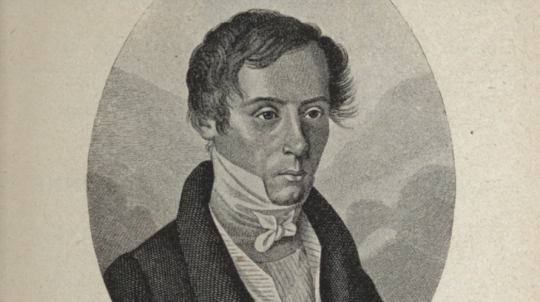
Creation of a Lighthouse Commission
In the 18th century, lighthouses were rare in France, with barely fifteen scattered along the coast. The management of these luminous signposts, crucial to navigation, was divided between two authorities. On the one hand, the Navy watches over major strategic ports such as Rochefort, with the Chassiron lighthouse on the island of Oléron, or the Baleines lighthouse on the island of Ré. On the other hand, the Chambers of Commerce also have their say, like Normandy, which erects the Hève and Gatteville lighthouses.
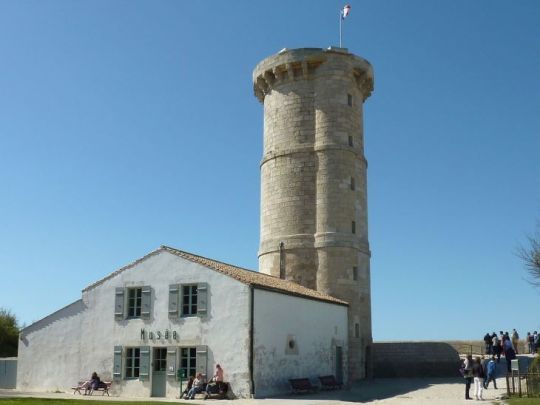
On the other side of the Channel, England glows with 35 lighthouses, displaying its maritime power and elaborate signage. The situation took a major turn following the Napoleonic Wars, when Napoleon entrusted the exclusive management of lighthouses to the Ministry of the Interior and the Ponts et Chaussées engineers. France, weakened by conflict, saw its budgets strained, its ports neglected and its military fleet almost non-existent, while England reigned as a dominant maritime power.
In 1814, the Lighthouse Commission was created, bringing together sailors, engineers, administrators and scientists. This motley coalition was tasked with completely rethinking the landscape of French maritime signage. It was the beginning of a new era for French lighthouses, symbolizing a renaissance in their management and marking a promising chapter in the history of French navigation.
Discovery of the wave theory of light
Fresnel, a distinguished engineer from the École Polytechnique and Ponts et Chaussées, made history with his development of the wave theory of light. By demonstrating that light behaves like a wave when it passes through very narrow apertures, he overturned the preconceptions of Newton's classical theory.
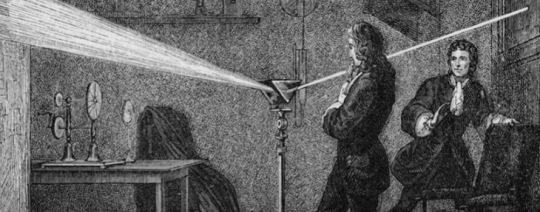
As early as 1815, Fresnel attracted the attention of the eminent scientists at the Académie des Sciences. Then living in Brittany as a Ponts et Chaussées engineer, he asked to continue his work in Paris. His destiny took a decisive turn when he was appointed secretary to the Lighthouse Commission, with responsibility for experimenting on light-producing devices.
Inspired by the pioneering work of the Comte de Buffon, Fresnel explored the focusing of light through various types of lenses, including step lenses.
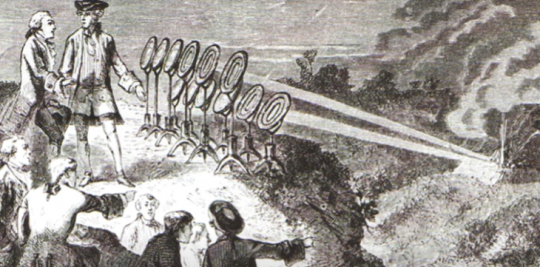
In collaboration with optician Soleil, he developed experimental lens panels. His efforts culminated in 1822, when Fresnel presented his Mémoire sur un nouveau système d'éclairage des phares to the Académie des Sciences, highlighting these innovative lenticular devices.
Creation of the Lighthouse Service
After Augustin Fresnel's death in 1827, his brother Léonor took over as secretary to the Lighthouse Commission. Following in his brother's footsteps, Léonor embarked on the development of various devices. He supervised the construction of lighthouses to house them, and literally created the Lighthouse Service, until he handed over the reins to engineer Léonce Reynaud. For almost two decades, Léonor devoted herself to compiling her brother's writings, perpetuating Fresnel's legacy.
A stepped lens
Fresnel revolutionized the design of lenses used to focus headlight light. Rather than opting for a bulging, heavy lens, he came up with an idea to reduce its thickness, making it easier to use, transport and install.
Compared to a simple lens, the Fresnel lens reduces the amount of glass used by cutting it into a set of concentric rings of prismatic cross-section. For each of these geometric zones, the thickness is reduced, so that the overall surface of the lens is no longer smooth, but made up of several surfaces of the same curvature, separated by discontinuities. The Fresnel lens is thus distinguished by its steps, which redirect the light beam extracted from the lamp towards the horizon.
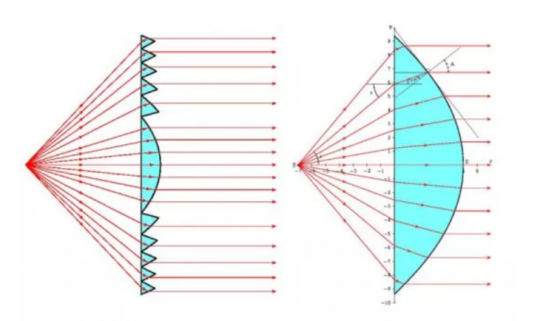
In today's lighthouses and beacons, the Fresnel technique is still in use, but the method of light production has evolved. While the first lamps used oils, followed by gas lamps and then filament electricity with a life of around 6 months, we have now moved on to LEDs, offering a 10-year lighting life.
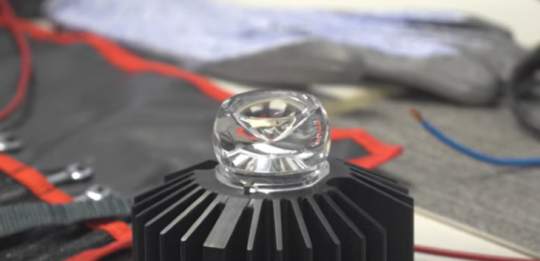
Worldwide distribution
In those days, a coal-fired lighthouse could be seen from a distance of 17 to 20 km. Thanks to the Fresnel lens, lighting could reach up to 40 km.
In 1823, the engineer introduced his first stepped lens on cordouan lighthouse, at the mouth of the Gironde estuary . It is the prototype of the system announced by the Lighthouse Commission. This innovative piece has been preserved, and is currently on display at the Lighthouse Museum on Ouessant Island, Finistère.
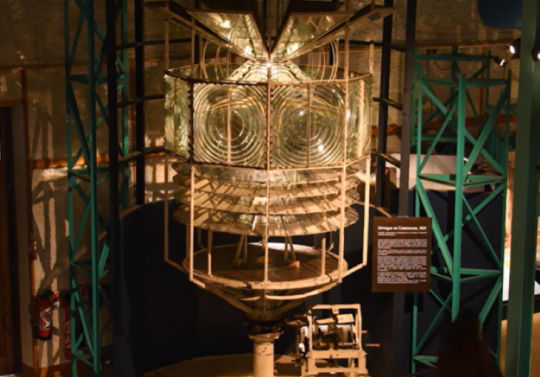
The impact of this innovation, doubling the range of illumination compared with previous knowledge, has been worldwide.

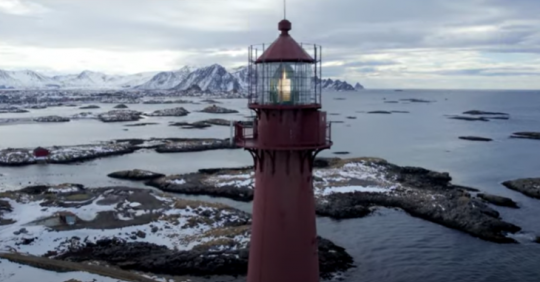
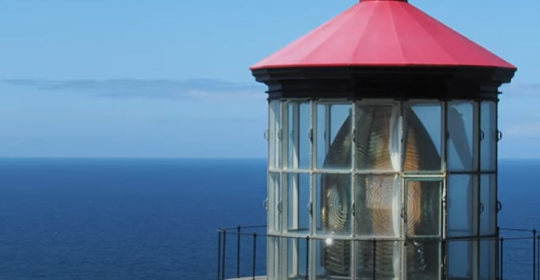
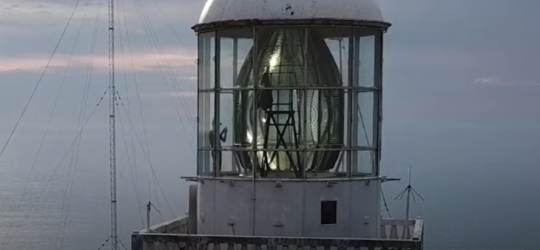
Three companies dominated the market, producing 80% of the lenses installed in lighthouses until the 1930s: Henry-Lepaute; Barbier, Bénard and Turenne; and Louis Sautter.
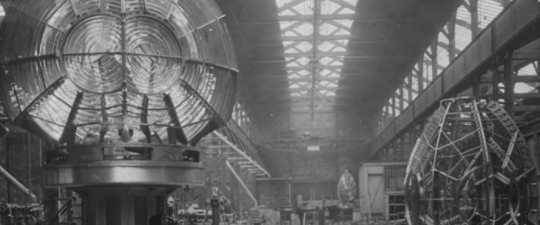
The Fresnel lens revolutionized lighthouses worldwide, reshaping ocean beaconing standards and enabling safer navigation across the world's oceans. Today, Cerema continues its long-standing tradition in the field of lighthouses and beacons. Committed to perpetuating Fresnel's legacy, it continues to innovate and develop new LED sources.

 /
/ 



